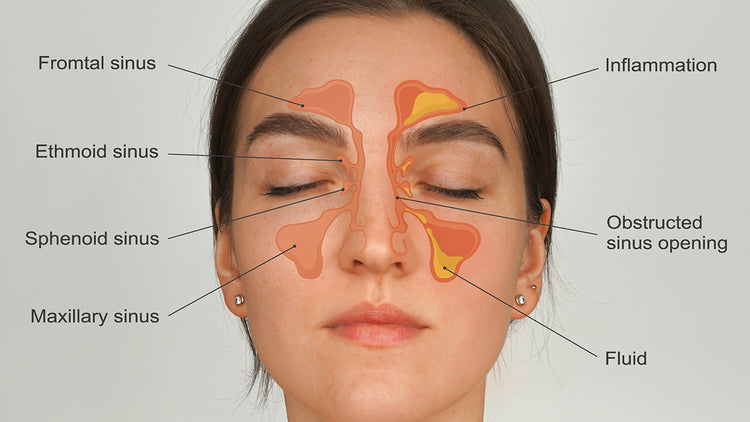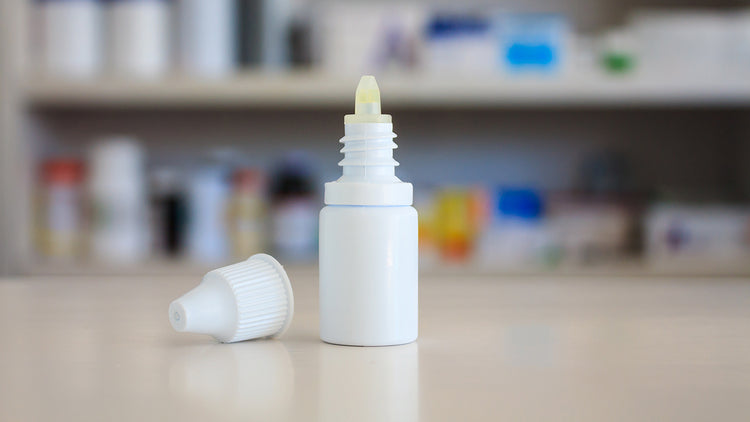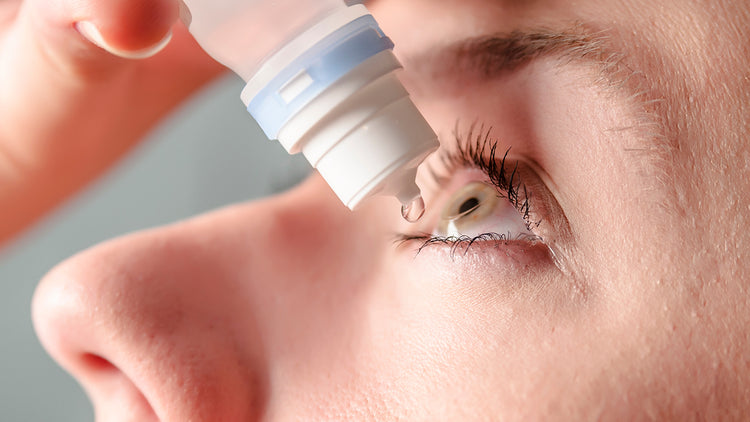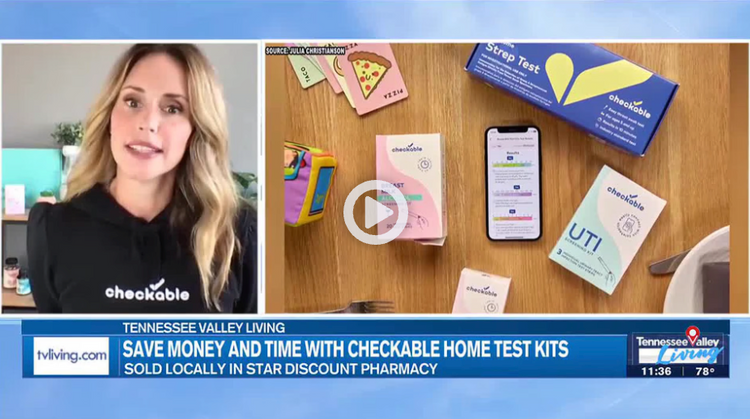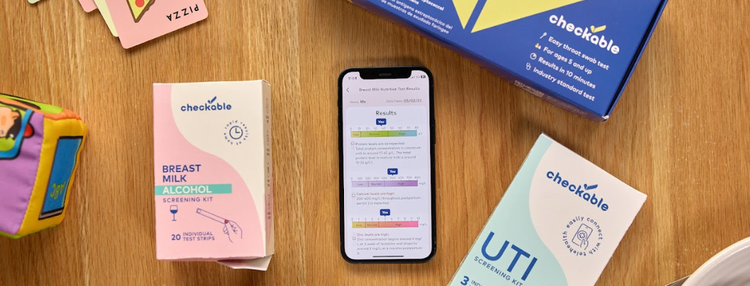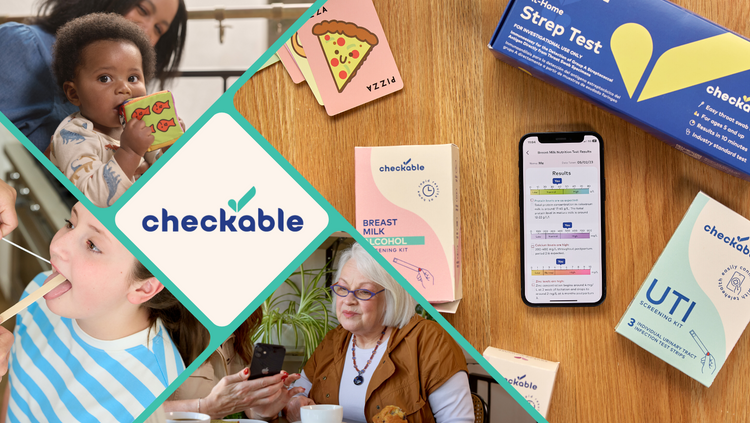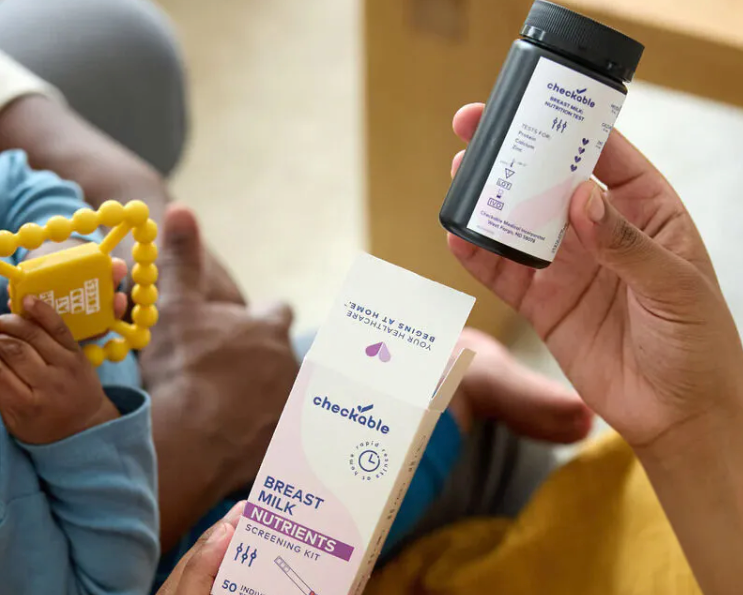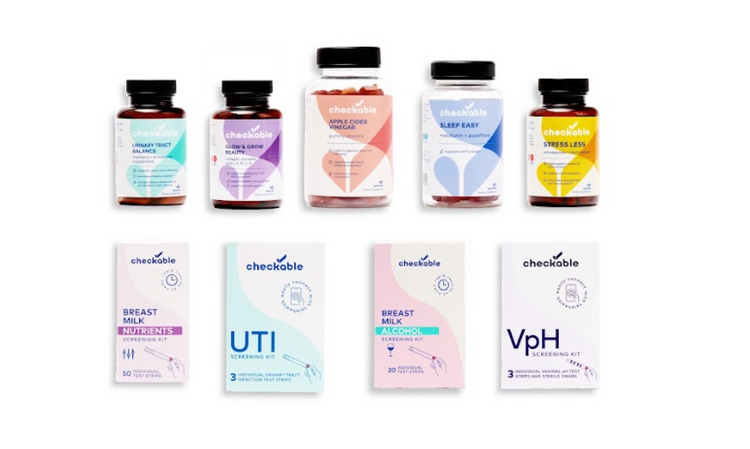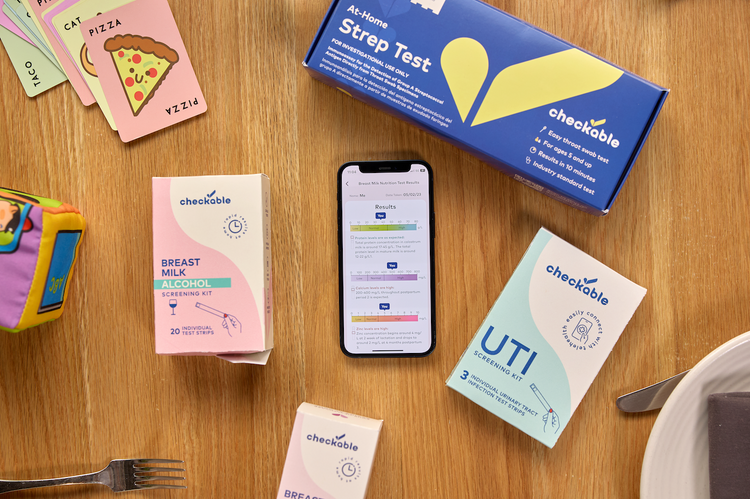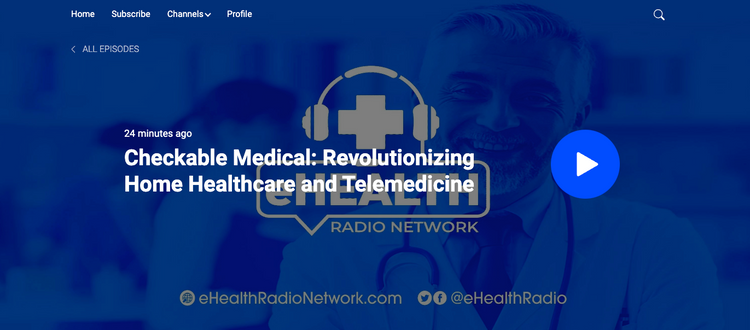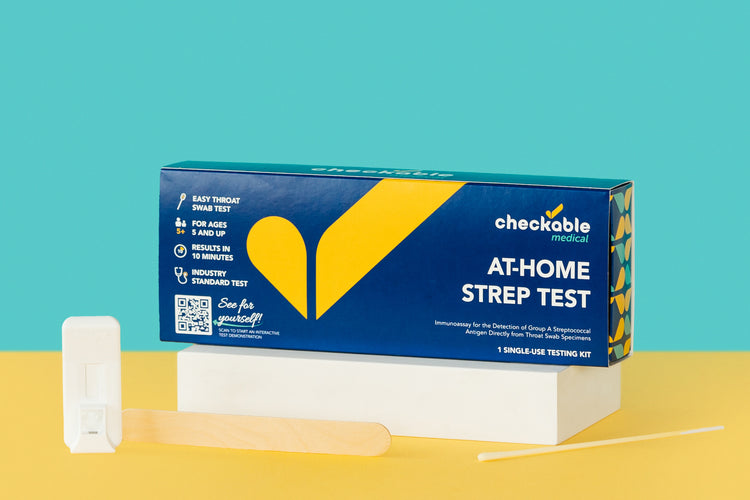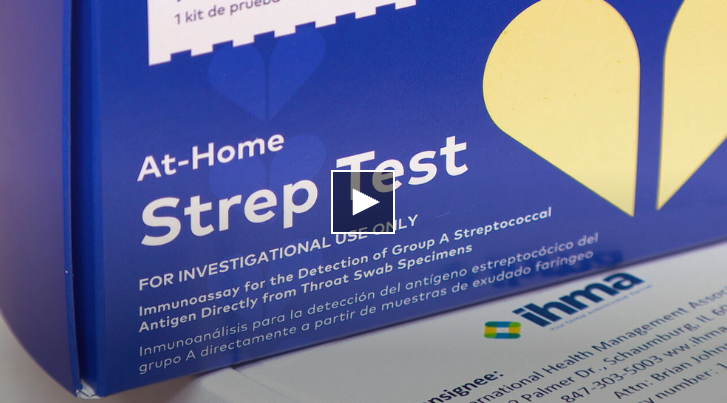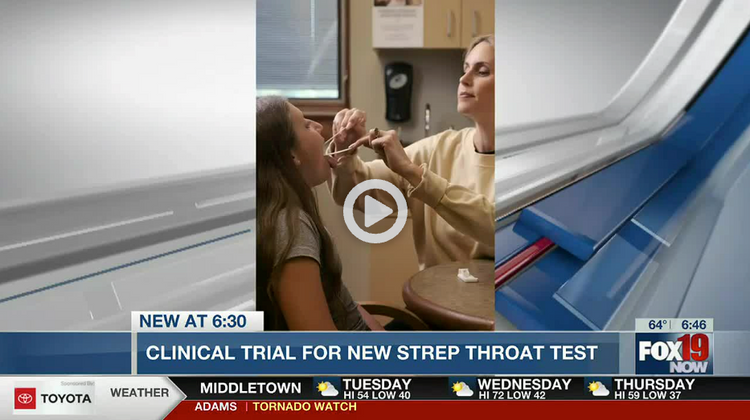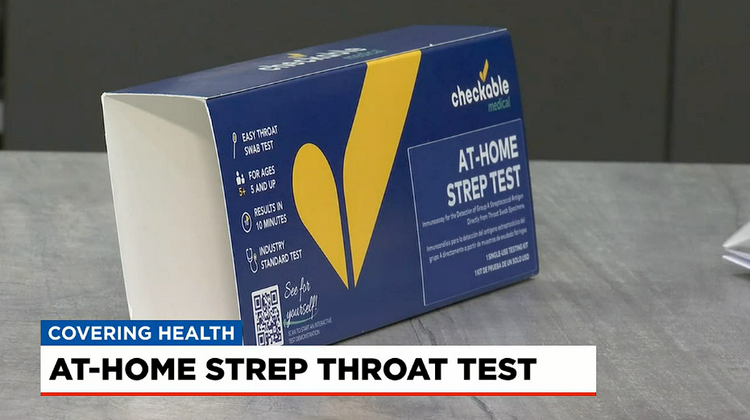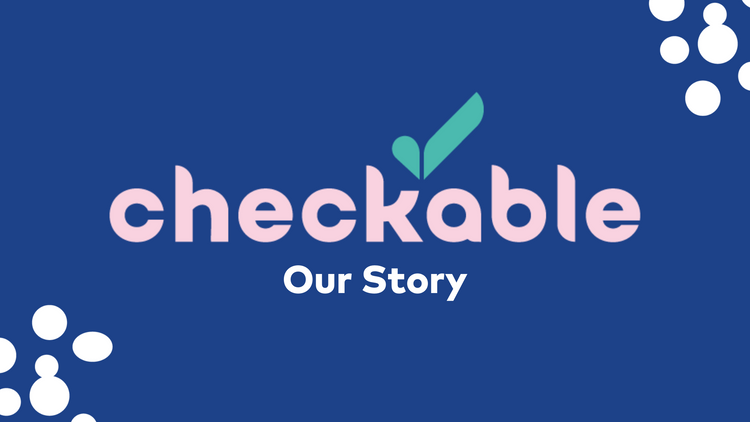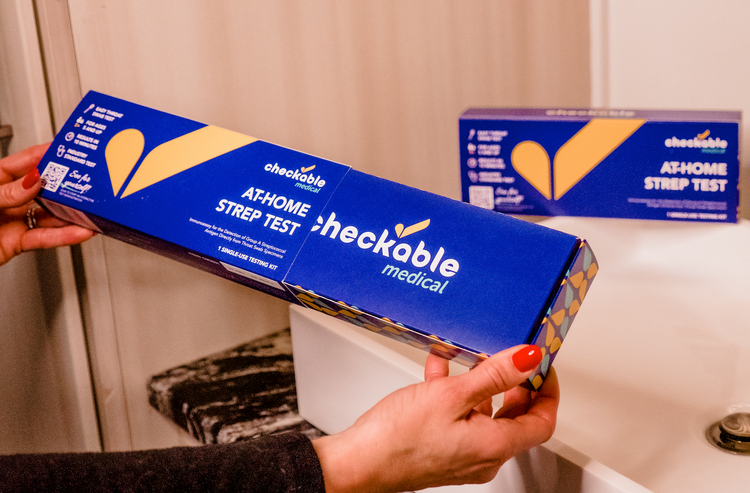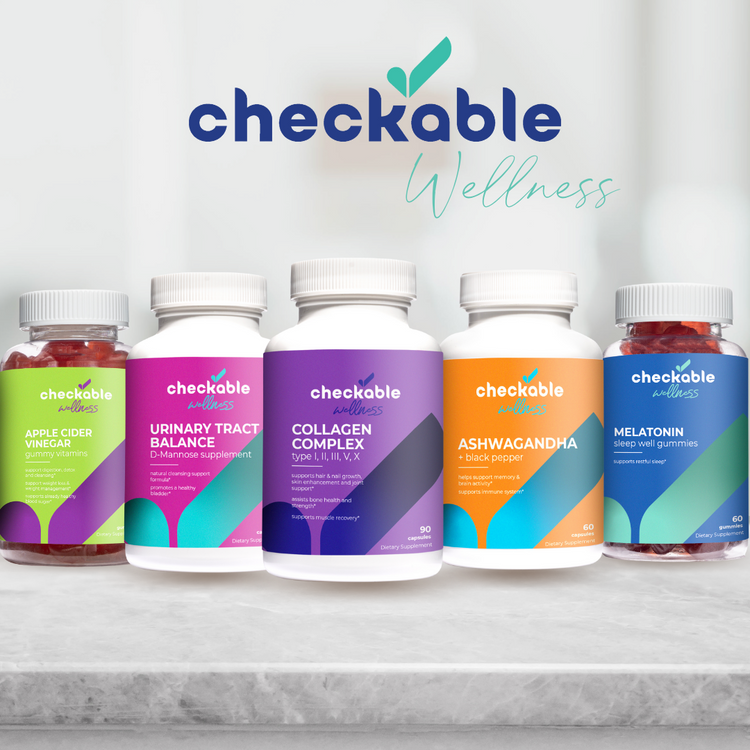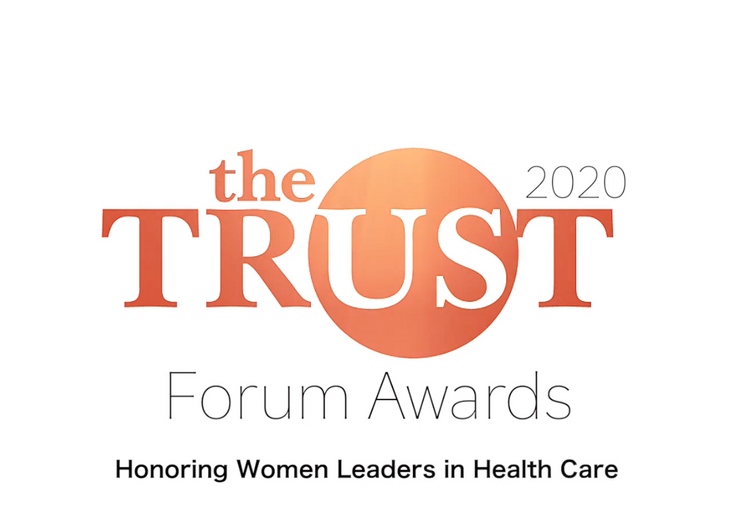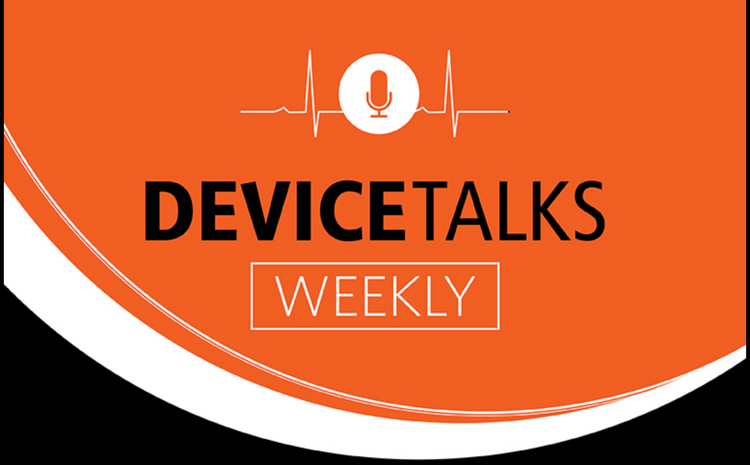
We’ve all heard of strep throat and probably have had it once or twice in your life, or your children’s lives. Strep throat is one of the most common respiratory tract infections. It is responsible for more than two million emergency department visits each year, in addition to millions of primary care clinic visits.
The annual healthcare costs attributed to strep throat are estimated to be more than $500 million every year in the United States alone. Strep throat is caused by Streptococcus pyogenes bacteria which belong to Group A beta-hemolytic Streptococci. Although the majority of sore throat cases are caused by viruses, up to 30% of sore throat cases among children are due to strep throat. Strep throat is usually accompanied by fever, sore throat, and red inflamed tonsils. However, these three symptoms are also quite common in many other respiratory tract infections, including infectious mononucleosis.
What is Mono?
Infectious mononucleosis is a multi-organ disease that is most characterized by fever, sore throat, and enlarged lymph nodes in the neck. Most times, it’s simply referred to as Mono or the Kissing Disease, but it can also be called mono throat. In most cases, Mono throat is caused by a virus called Epstein-Barr virus (EBV).
EBV is found in about 95% of adults, although less than 10% show symptoms of mono throat. Most of patients acquire EBV infection during childhood. However, it’s often far more serious when acquired in adulthood. Children usually won’t show symptoms, and any symptoms they do have are usually mild and indistinguishable from other common childhood illnesses. Teens or adults who get the virus are usually ill for two to four weeks, with fatigue lasting several weeks or months after the initial symptoms appear.
The transmission of mono throat occurs after coming into direct or indirect contact with an infected patient's saliva. Kissing is an example of direct contact, while sharing food or drinks with an infected person is an example of indirect contact. Once you’ve been infected with EBV, you carry the virus, usually in a dormant state, for the rest of your life. The virus may reactivate at some point in your life, although when this happens, you're not likely to become ill. If the virus reactivates, you are potentially contagious again.
Strep Throat Vs. Mono Throat
It's important to distinguish between Strep throat and Mono throat since the two diseases are treated differently and have a different courses of disease. The main distinguishing feature between the two is the enlarged lymph nodes in the neck that characterizes Mono throat. Strep throat is characterized by swollen, red tonsils and occasionally white patches on the tonsils or roof of the mouth.
In addition to noting the symptoms, a laboratory diagnosis is necessary to distinguish between the two infections. A Strep throat test is a simple swab of the tonsils or back of the throat and a lab test to determine whether the Strep bacteria is present. Testing for Mono requires a blood test.
After making the definitive diagnosis, Strep throat and Mono throat have different course of treatment. Strep throat is usually treated with oral antibiotics like amoxicillin for 10 days, and the symptoms usually start to lessen in a matter of days. Strep throat symptoms can resolve on their own without treatment, although treatment is important to decrease the chance of developing complications like Acute Rheumatic Fever (ARF), inflammation in the kidneys, or abscesses. Antibiotics also decrease the duration of Strep throat symptoms.
A mono throat infection is mostly treated to alleviate the symptoms. Since it’s a virus, antibiotics will not work to kill EBV. Symptoms are typically managed with acetaminophen or non-steroidal anti-inflammatory drugs like ibuprofen. Your doctor may prescribe antiviral agents to manage the infection and shorten the contagious period.
So is it Strep or is it Mono? Start by looking at all of your symptoms. Strep's tell-tale sign is pus in the back of the throat or tonsils. Either way, if you’re feeling ill, don't just guess; take a test. With Checkable's rapid at-home strep test, you can get fast and accurate results in minutes. If synced to Checkable's new app, you can connect to a healthcare provider so you can get the treatment and meds you need without any hassles and without leaving home.


















